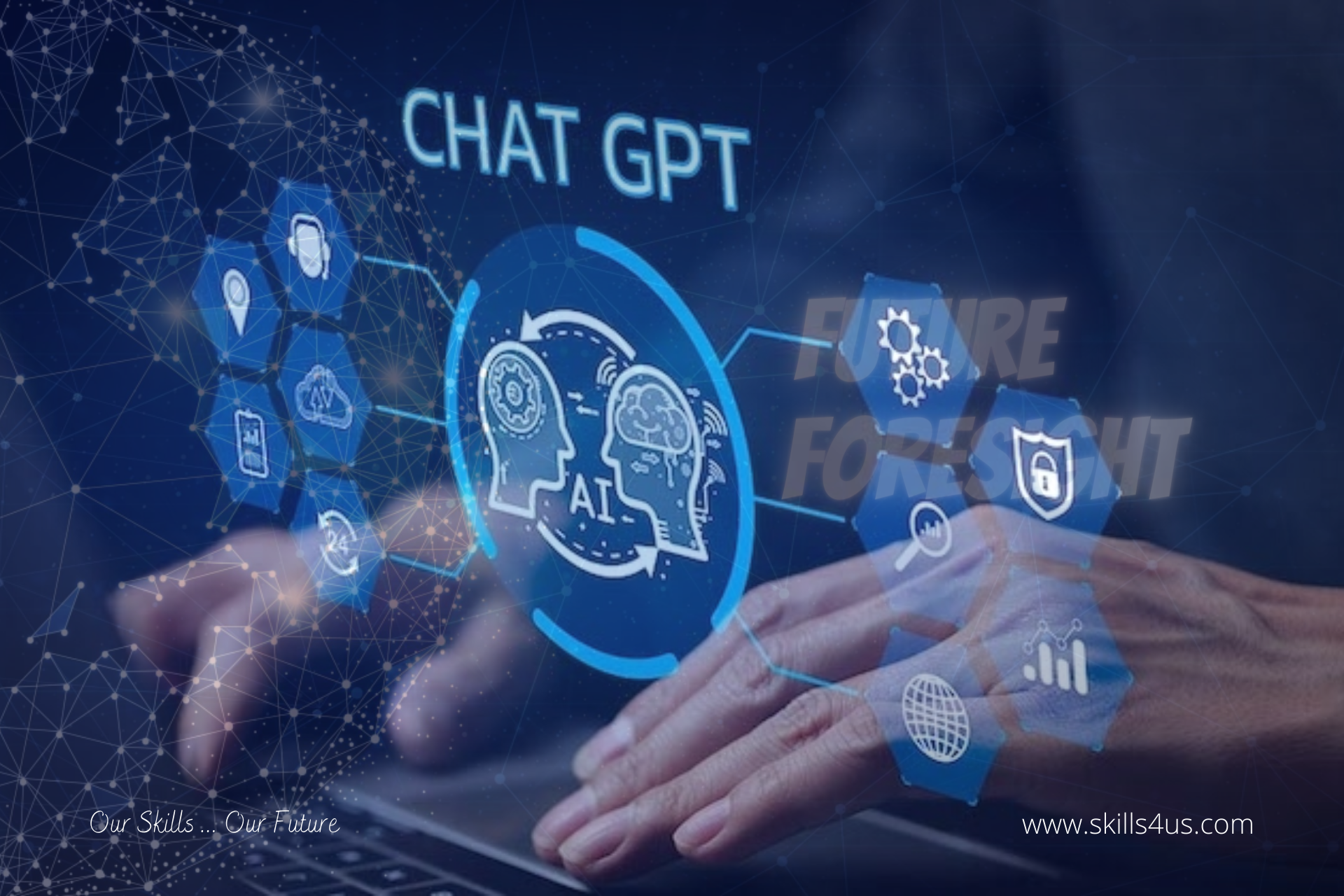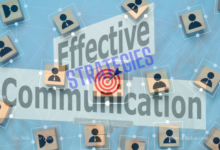
Is ChatGPT Able To Perform The Job Of Future Foresight Practitioners?
In our rapidly changing world and rapid technological development, there are limitless possibilities for expansion and innovation. But at the same time, it presents countless obstacles and uncertainties. For example, less than a year ago, the world saw the release of ChatGPT, a powerful language processing tool, and generative AI application. Hence the question arose whether ChatGPT supports future foresight and proactive business skills. Ensuring long-term success for organizations, motivating them to understand future challenges, and adapting proactively to change. —knowing that future foresight backed by intelligent technology will likely allow organizations to proactively identify potential risks and opportunities, allowing them to make informed decisions and implement appropriate measures.
The importance of future foresight for modern organizations
In today’s business world, especially with the continuous race of AI. Future foresight is one of the critical factors to stay ahead of the competition, as it constitutes the ability to predict and adapt to emerging trends, technologies, difficulties, and prospects. Moreover, future foresight is not only about risks and how to mitigate them; it is about finding or even creating new opportunities. So, given the recent developments in the generative AI industry, ChatGPT supports future foresight that enables organizations to see more opportunities on the horizon.
How does ChatGPT work?
ChatGPT, as a language model, cannot predict future events or understand the long-term consequences of actions. He even addresses any future-oriented questions with a standard disclaimer, pointing out that it is difficult to predict the future of a particular thing because it will depend on so many factors. In addition, he cannot think, plan, or solve problems like a human can. Ultimately, ChatGPT generates conversation responses by predicting the next word in a sequence based on the words that came before it. He also writes code, does math homework, produces college essays and scripts, answers complex questions on almost any topic, and creates blog posts and ad copy. Moreover, for future business leaders, this technological breakthrough raises the troubling question on everyone’s mind: “Can intelligent chatbots do our job? More specifically, can ChatGPT do the job of future foresight practitioners?”.
Ways ChatGPT can support Future foresight
- Develop scenarios: With the right prompt, ChatGPT can generate possible scenarios about the future. For example, he urged ChatGPT to “write a story about the future where…” Many scenarios can be developed, and then these outputs must be reviewed by human experts and used to help organizations anticipate and prepare for the future.
- Cross-Impact Analysis: It can quickly generate many ideas by asking ChatGPT to explain how different factors can affect each other. Thus, future foresight supports the evaluation of the potential impact of various factors on each other. Then create an initial list of strengths and weaknesses, opportunities and threats.
- Charts and Timelines: ChatGPT can suggest charts or even schedules for forward-looking reports, articles, and workshops, which can save time during the conceptualization phase.
- Brainstorming: ChatGPT can help brainstorm ideas for creative projects, business strategies or solve problems by providing suggestions and potential solutions.
- Learning and Research: Business leaders can ask questions on ChatGPT to get information, explanations, or summaries on different topics, which helps in learning and research tasks.
- Analyze financial data: Organizations can ask ChatGPT to analyze internal financial data, evaluate actions, make recommendations, and transform performance or actions so that the organization is more competitive.
Limitations of using ChatGPT in Future foresight
- Lack of emotional intelligence. ChatGPT does not have emotional intelligence and cannot understand or express emotions. This can be a limitation in applications, studies, and scenarios where emotional responses are necessary.
- Limited context. While ChatGPT can remember the context of a conversation, it can still be restricted to the context given to it. Responses may be incorrect or irrelevant if the context needs to be more transparent and complete.
- Biases and inaccurate data. ChatGPT can be biased based on the data it is trained on. The resulting output can also be biased if the data could be more precise and accurate. Ensuring that training data is diverse and represents different perspectives and backgrounds is essential.
- Cone of plausibility: The cone of plausibility in the scenarios generated by ChatGPT is very narrow and limited. Thus it may not generate possible scenarios based on modernity or the new dynamics reshaping the world.
Essential advice for practitioners of future foresight supported by generative AI
- Being interested in the future, future foresight practitioners must be able to incorporate the development. And use of generative AI into all their foresight analyses.
- Future foresight practitioners have the capabilities and knowledge that puts them in the first line of those who will encounter and deal with generative AI; ensuring that it serves them rather than harms them is better.
- If generative AI helps facilitate forecasting in many ways. It should also help spread the widespread use of actionable strategic forecasting.
Although generative AI (ChatGPT) can support specific aspects of proactive and foresighted action. Leaders and managers adjust changes in real-time at the pace. That may be best suited to help organizations prepare for a different future and make more informed decisions in the present.
It is essential to note that ChatGPT is a statistical model that cannot predict the future accurately. Therefore, its output should be used as a starting point for further analysis. And should not be considered a final prediction of future events.



